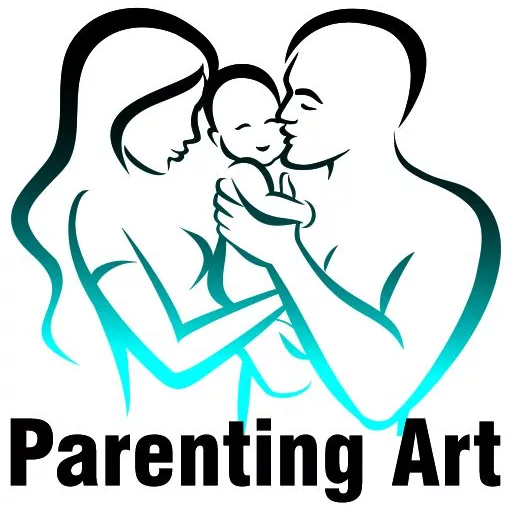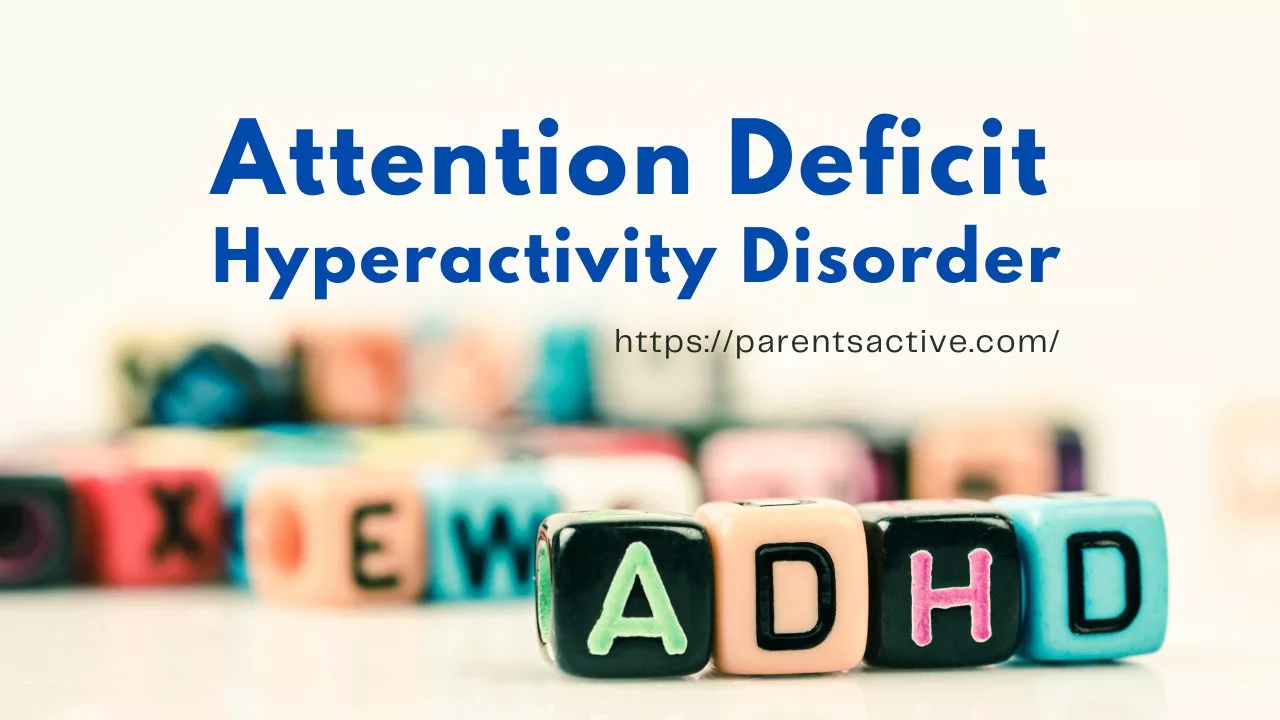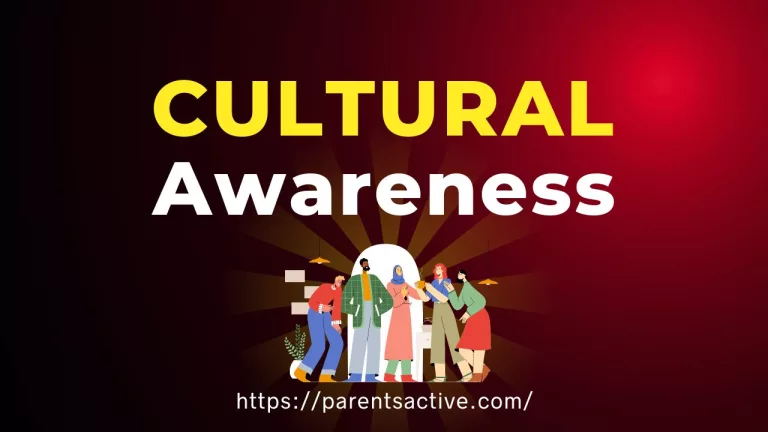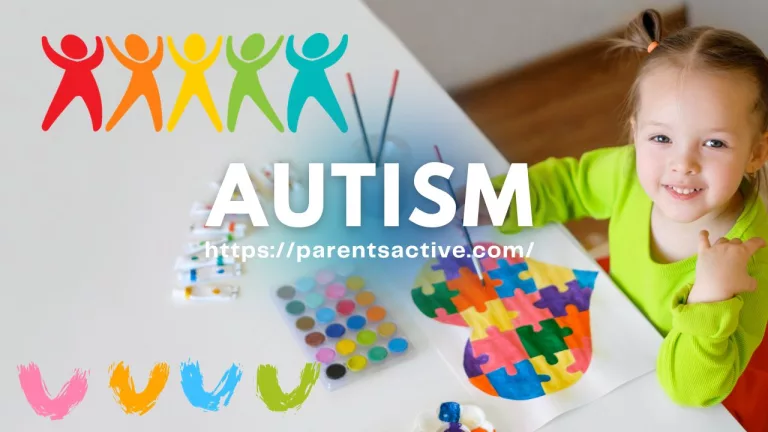ADHD (Attention Deficit Hyperactivity Disorder)
What is ADHD? ADHD are usually considered by persevered patterns of hyperactivity, inattentions and impulsivity that can interfered daily activities with development and functioning. Its neurodevelopmental disorders that can affects both adults and children.
The blend of genetic, neurological and environmental factors is involved to contribute. The exact reason of ADHD is not known. ADHD (attention deficit hyperactivity disorders) often diagnosed in childhood. Statistical Manual of Mantel Disorders (DSM-5) and diagnostic outlined the criteria on specific based typically ADHD diagnosed.
Summary
Attention-Deficit/Hyperactivity Disorder ADHD (attention deficit hyperactivity disorders) is a neurodevelopmental disorder characterized by persistent patterns of inattention, hyperactivity, and impulsivity that can interfere with daily functioning and development.
Children and adult with ADHD may have trouble to paying attention, controlling thoughtless manners (may act without thinking about what the result will be) or be overly active like that. When both adult and children with ADHD, they do not grow out of these behaviors.

The symptoms of ADHD continue, can be serve and can cause difficulty in at home or school with friends. A child or adult with ADHD might:
- Forget or loss things a lot
- Daydreaming a lot
- Squirm and fidget
- Have difficulty getting along with others
- Make careless mistakes
- Taking unnecessary risks
- Talk too much
- Have hard time resisting temptation
Most cases of ADHD diagnosed, when children are under 12 years old and often sometimes its diagnosed later in childhood. Both peoples (male or female) children and adults may have also additional problems such as anxiety, sleep and thinking thoughtless disorders.
Many adults with diagnosed experience the problem with the condition at a young age continue to the symptoms of ADHD. Some adults with ADHD may have also faces many issues with family and friends’ relationship or social interaction.
Categories of ADHD with Symptoms
ADHD (attention deficit hyperactivity disorders) is characteristically off the record in into three (3) main types based on prevail indications that a detailed exhibit. In the fifth edition of Statistical Manual of Mantel Disorders (DSM-5) categories of ADHD are demarcated.
Its important to noted that the classification is founded on the most prominent landscapes and individuals with ADHD and with their symptoms exhibit from more than one type. The three main types of ADHD are given here with their symptoms:
Predominantly Inattentive Presentation (ADHD-PI)
- Have difficulty sustaining attention
- Making careless mistakes
- Organized tasks and completing assignments
Symptoms:
- Forgetfulness
- Difficulty following instruction
- Easily distracted
Predominantly hyperactive-Impulsive Presentation (ADHD-HI)
- They may be fidgety
- Impulsive in decision-making
- Talkative
Symptoms:
- Difficulty waiting turns
- Restlessness
- Impulsive behavior
Combined Presentation (ADHD-C)
- Combination of both Inattentive and hyperactive-Impulsive symptoms.
- Represent the most common presentation ADHD.
Symptoms:
- Challenges with attention
- hyperactive-Impulsive and all combined
Treatment of Attention Deficit Hyperactivity Disorder
The treatment of ADHD (attention deficit hyperactivity disorders) involves the combination of educational supports, behavioral therapies and sometimes medications. It often involves the collaboration of between educators, healthcare, professionals and parents.
Its important to noted that the approaches to treatment may very based on the individuals and a comprehensive need and plans also involves in the treatment of ADHD. Here are some common elements of ADHD treatment are given below:
| Treatment component | Description |
| Educational support | Individualized education plans, plan (IEP or 504 plan), outlines accommodations and support school services in a getting |
| Medications | In stimulant medications, (Ritalin) and (Adderall) or in non-stimulant medications, (Strattera) and (intuit) |
| Behavioral therapies | Parental therapies and skills training, behavioral modifications, cognitive behavioral therapy |
| Lifestyle changes | Regular exercise, healthy diets, physical activities, balanced diet effect on body |
Pros and Cons of Attention Deficit Hyperactivity Disorder
Here are some potential pros and cons associated with ADHD.
| Pros | Cons |
| Hype focus | Impulsivity |
| Energetic and enthusiastic | Difficulty with focus and attention |
| Ability to multitasks | Organizational challenges |
| Spontaneity | Impact on relationship |
| Creativity and innovations | Social difficulties |
It’s important to recognized that ADHD is a neurodevelopmental disorder with spectrum of presentations. Seeking professional, understanding and guidance one’s own weakness and strengths are crucial steps in effectively managing ADHD.
Conclusion (Attention Deficit Hyperactivity Disorder)
ADHD characterized by persists patterns of inattention, hyperactivity and impulsivity that can significantly interfere with daily functioning and quality of life.
Diagnosed ADHD involves the comprehensive assessment considering behavioral, cognitive and developmental aspects.
Treatment for ADHD involves multimodal approaches combining support and management. Its important to note that ADHD is life long condition and effectively navigating the challenges associates with disorders.







